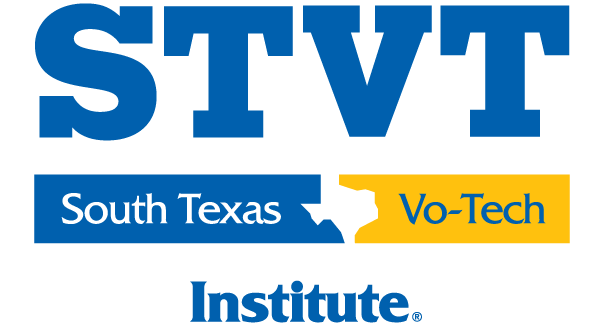Ever spotted those towering trucks navigating the highways with ease? Have you wondered who’s behind the wheel, steering those colossal vehicles? Enter the CDL, or Commercial Driver’s License – your passport to driving the big rigs. In simple terms, a CDL is an official document that allows individuals to operate large vehicles for commercial purposes. It’s not just a license; it’s a gateway to diverse career opportunities in the transportation industry, from hauling freight across the country to ferrying passengers safely to their destinations. Without CDL holders, the wheels of commerce would grind to a halt, making CDLs vital to keeping our economy moving forward.
Class A CDL
For those unfamiliar, CDLs come in various types, most notably Class A and Class B. So, what exactly is a CDL Class A? Think of it as the heavyweight champion of CDLs. With a Class A license, drivers are authorized to operate the heaviest and most powerful vehicles on the road, including tractor-trailers, semi-trucks, and combination vehicles with a gross vehicle weight rating (GVWR) exceeding 26,001 pounds, with the towed vehicle’s GVWR over 10,000 pounds. In simpler terms, if it’s big, it likely falls under the realm of a Class A CDL.
This license opens doors to many career opportunities, from long-haul trucking to regional deliveries, and even specialized transport gigs. With the responsibility of handling such massive machinery comes extensive training and rigorous testing, ensuring that Class A CDL holders are well-equipped to navigate the highways safely and efficiently.
Class B CDL
Let’s shift our focus to another significant player in the CDL game: the Class B License. While not as hefty as its Class A counterpart, the Class B CDL still holds considerable weight in the transportation realm. With a Class B license, drivers are authorized to operate single vehicles with a GVWR exceeding 26,001 pounds or any such vehicle towing a trailer with a GVWR not exceeding 10,000 pounds. In essence, if it’s a substantial vehicle but not quite as colossal as those covered by a Class A license, it likely falls under the jurisdiction of a Class B CDL.
This license opens doors to a range of career opportunities, including local delivery routes, passenger transport, and even some types of construction vehicles. So, for those eyeing a career behind the wheel but prefer to stick to slightly smaller rigs and typically local driving, a Class B CDL might be the perfect fit.
What is required to get a CDL?
Getting your hands on a CDL isn’t as simple as a stroll in the park. It requires dedication and a commitment to safety. First off, you’ll need to be at least 18 years old to drive within your state and 21 years old to drive across state lines or transport hazardous materials.
Next, buckle up for some studying because you’ll first need to pass written knowledge tests to get your Commercial Learner’s Permit (CLP). These tests cover topics under general driving knowledge, certain laws and regulations, and subjects involving commercial vehicles. Once you have a CLP, your next step is to complete a certified training course that will teach vehicle inspection, basic control skills, and on-road driving.
Once you’ve acquired these skills, it’s time to hit the road for a skills test, where you’ll demonstrate your prowess behind the wheel under the watchful eye of an examiner. Depending on the type of CDL and endorsements you’re after, additional training and tests may be required. And last but not least, don’t forget to dot your i’s and cross your t’s by submitting any necessary medical documentation and background checks.
Requirements Specific to Texas
While many other requirements for obtaining a CDL are similar across states, there can be variations in specific regulations or procedures. For example, some potential differences in Texas compared to other states might include:
- Age Requirements: Texas allows individuals as young as 18 to obtain a CDL for intrastate driving.
- Endorsements: The specific endorsements required for certain types of commercial driving may vary.
- Training Requirements: While not all states have mandatory CDL training requirements, some may have strict guidelines or specific training programs that drivers must complete.
- Testing Procedures: Although the general format of CDL knowledge and skills tests is standardized by federal regulations, there may be slight variations in testing procedures from state to state.
Opportunity for CDL Training in Texas
For anyone interested in starting your CDL journey, South Texas Vocational Technical Institute (STVT) offers a Class A CDL program at all six of their campus locations, providing training for aspiring commercial drivers led by industry-experienced instructors. Additionally, their Arlington campus offers a specialized Class B CDL program tailored to meet the needs of local drivers.
We can help you get the education for the future you want. Take the next step in your journey with the skills-based education available at STVT and forge your own future.



